Pham Luc – To Paint Is To Live, To Live Is To Paint
War and Peace – The Portrait of a Life in Painting
Commentary by Dr. Pham Ha – Chairman of LuxGroup
In the flow of modern Vietnamese art, Pham Luc stands as an irreplaceable figure. Born in 1943 in Hue and raised in Hanoi, he entered the world of painting in 1956, enrolling at the Intermediate School of Fine Arts. From an early age, he understood that the mission of art was not merely to depict beauty—but to capture life, truth, and stories that must be told.
As a military painter, Pham Luc accompanied the battlefield throughout both major national resistance wars. He was not only a witness to history but a chronicler of it—recording the nation’s heartbeat through colors, lines, and the visceral intuition of an artist immersed in life and death.
Painting Amidst Bombs – Art of Vitality
Pham Luc’s war paintings were not drawn from memory or imagination—they were sketched amidst explosions, in caves, trenches, field hospitals, or atop naval vessels. He used whatever material he could find: burlap sacks, military canvas, newspaper, or packaging paper. These humble surfaces became living documents of a wartime visual art infused with epic spirit.
To Pham Luc, painting was an urgent act—no time to wait, no time for embellishment. His brush carried the velocity of war, the force of survival, and emotional compression so powerful it breathes through each image. His works are not merely “to be viewed” but “to be lived with”—each painting a haunting memory, a silent scream, a truth demanding remembrance.
His paintings do not glorify victory through abstract symbols. Instead, they illuminate the human face of war: an old mother slumped beside her fallen son, a trembling child next to her deceased mother, a wounded soldier gripping a grenade. Every gaze, posture, and step speaks of destiny. Despite their pain, his works resonate with deep compassion—a testimony to life enduring through destruction, art transcending trauma.

War Overcome by Art, Peace Healed by Art
In 1975, peace was restored and the country reunited. For Pham Luc, this marked not only a historic milestone but also a turning point in his soul. He continued to paint—not to rest, but to reconstruct the nation’s emotional landscape through art. His postwar works shifted from dramatic tension to quiet reverie. Yet his peace was not painted with idyllic skies and children in bloom—it emerged through weathered farmers, rebuilding mothers, and schoolchildren beneath leaking thatch roofs.
Pham Luc’s art never adorns reality, never follows trends. He paints as he breathes, as he lives. His canvases are quiet echoes of a hard life illuminated by humanity. From mountain villages to coastal hamlets, from Hanoi’s Old Quarter to the Mekong Delta—he has wandered the length of Vietnam with a brush in hand, drawing relentlessly. His sketches pulse with the breath of the people, the land, and the rhythms of everyday life. This is the wellspring of the endurance and humanistic value that imbue each of his works.
A Singular Style – The Pham Luc School
Pham Luc has become, in essence, a school of his own within Vietnamese art—where authenticity overrides convention. His brushwork is unrefined yet intentional, intuitive yet informed by skill and experience. His lines are spontaneous but never clumsy, his colors bold but always restrained—a remarkable balance between freedom and discipline, instinct and artistry.
Pham Luc’s art needs no caption, no theoretical exegesis. Viewers are moved immediately through emotional resonance. His work speaks a universal language that transcends borders of language, geography, or ideology.
While others take the fast train through the world of art, Pham Luc walks. Slowly, deliberately—each step embedding time, people, and memory into his journey. His studio is not confined by walls—it moves with him, as he brings the canvas into life itself, letting art and life dissolve into one another.

To Paint Is to Live, to Live Is to Paint
Le Huy Can—Pham Luc’s first mentor—once told him, “There is nothing outside of reality.” Pham Luc has followed this truth unwaveringly throughout his life. Yet reality for him is not to be replicated—it is to be understood, embodied, and transformed.
His paintings are inhabited not by static models, but by living souls—soldiers, mothers, children, old women—all brought to life with expressive authenticity. These are not depictions but presences—imbued with sorrow, laughter, fear, and hope. They are manifestations of empathy, and of the essence of true art.
Pham Luc never separates painting from living. For him, to live is to paint—and painting is his way of being. Each day that passes is another day he picks up the brush, bearing witness to life with every stroke. This is what makes his work singular, timeless, and enduring within the current of Vietnamese modern art.
Epilogue
Now approaching his eighties, Pham Luc still paints every day, until his hand can no longer move. He paints with memory, with the eyes that once saw war, with a heart still carrying the pain of his homeland, and with boundless love for the Vietnamese people. He does not seek immortality in museums or auctions—but in the hearts of his viewers, in the collective memory of a nation.
Pham Luc – to paint is to live, to live is to paint. Wholeheartedly, faithfully, and full of love.
